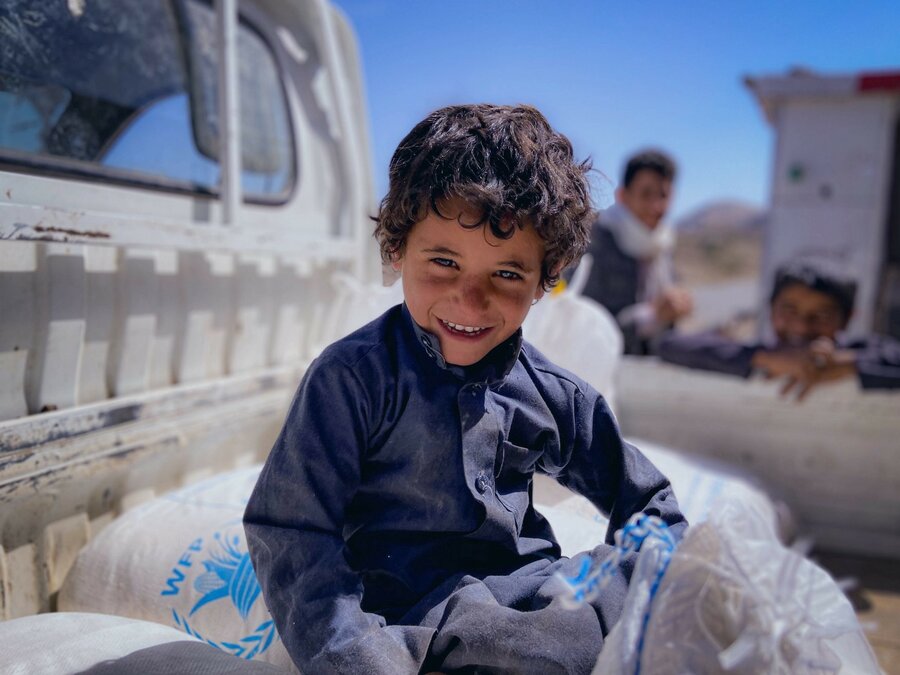
1.
WFP is the world's largest humanitarian agency, assisting 115.5 million people in over 120 countries and territories.
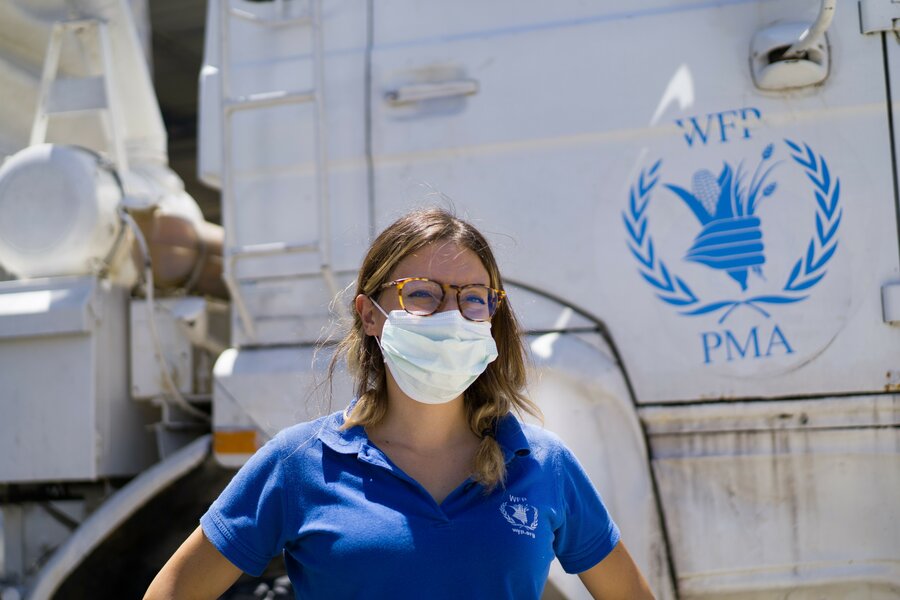
2.
Each day we can have up to 5,600 trucks, 30 ships and 100 planes on the move, delivering food and other assistance in some of the most remote and challenging parts of the world.
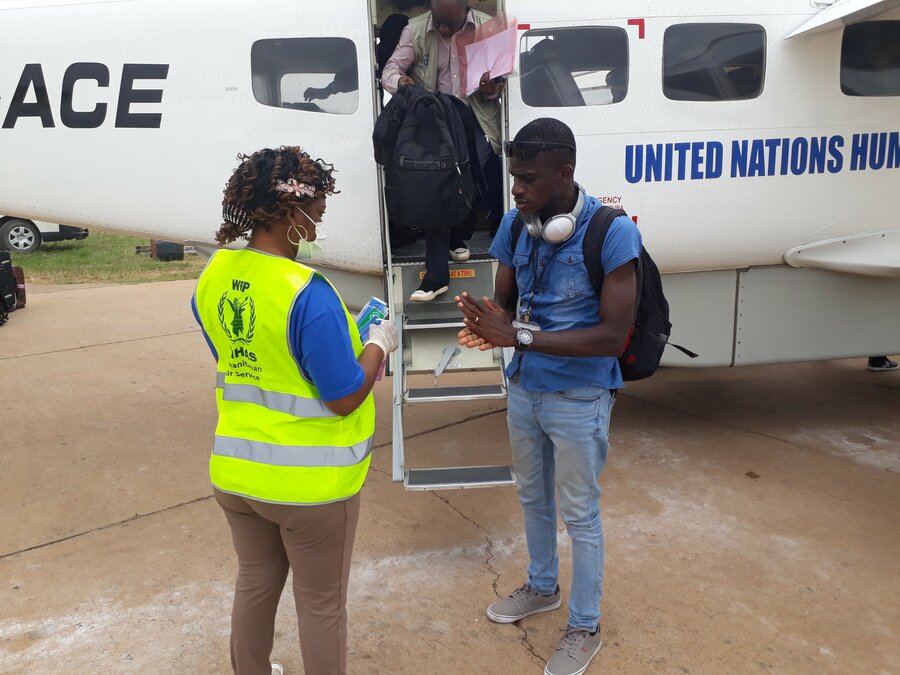
3.
WFP is the frontline agency responding to emergencies caused by conflict, climate shocks, pandemics and other disasters. We are tackling ongoing emergencies in over 20 countries or regions, the majority fuelled by conflict.
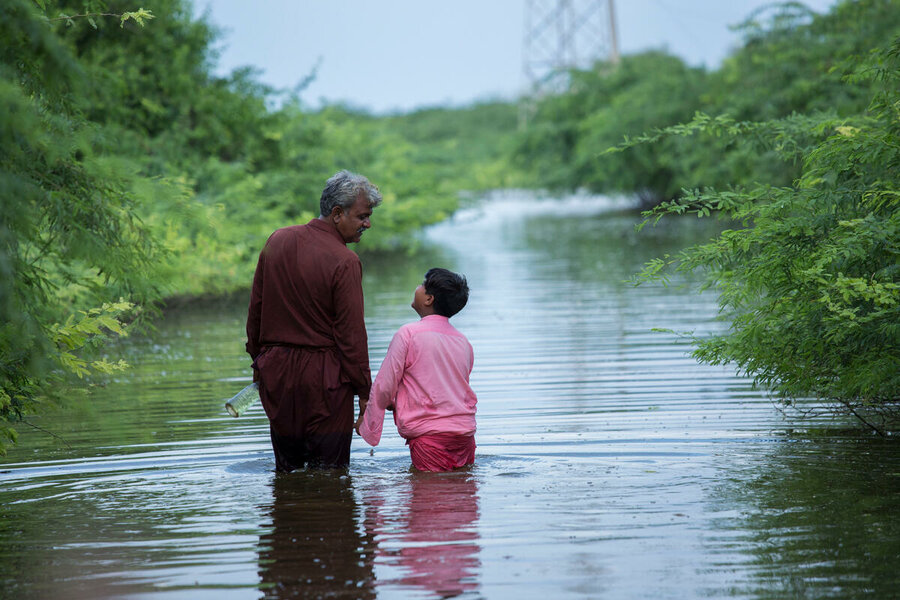
4.
We provide school meals to 15.5 million children, improving both their nutrition and their access to a potentially life-changing education. Since 1990 we have built the capacity of national governments, with more than 40 taking over school feeding programmes.
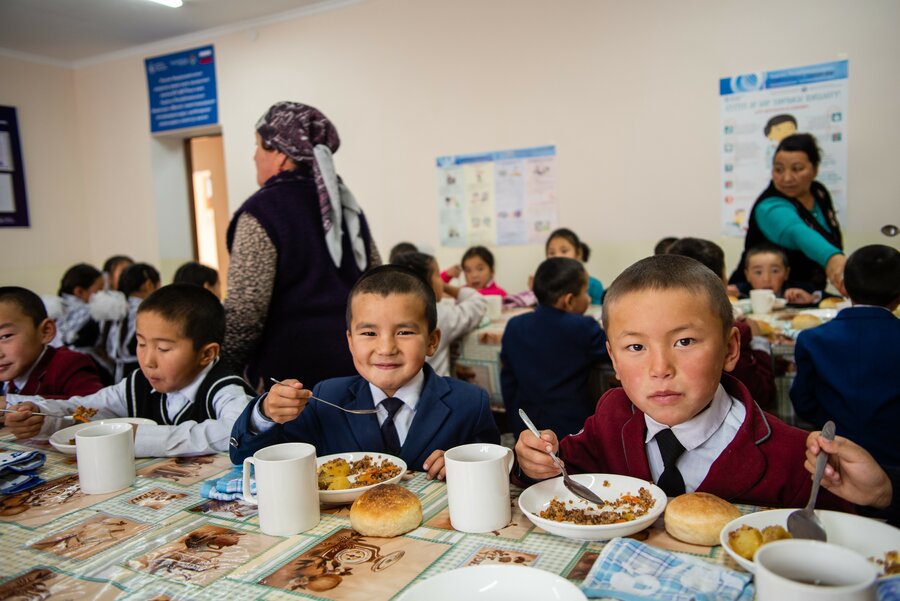
5.
We received a record US$9.6 billion in contributions in 2021 - still more than US$5 billion short of requirements though. Rising needs aligned to the rapidly increasing cost of assisting people amidst drawn-out conflicts, climate-related disasters and the fallout from COVID-19 mean we need increased financial support more than ever
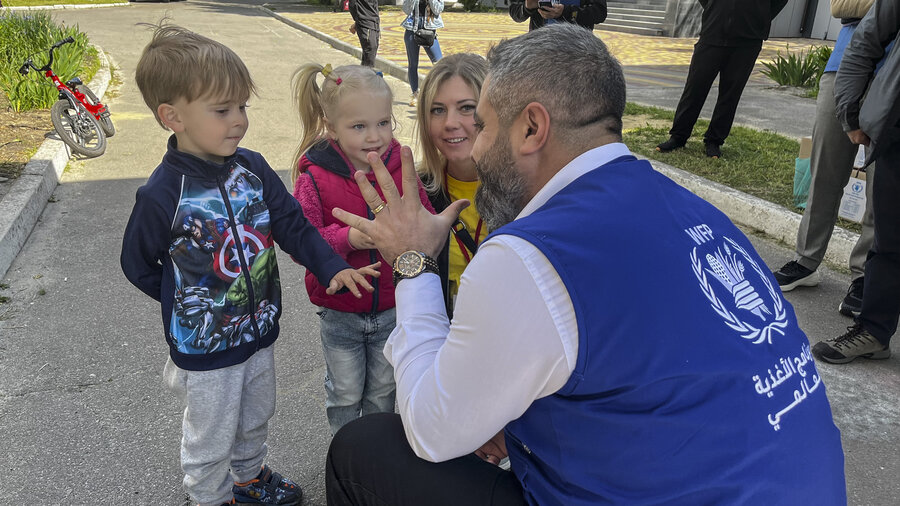
6.
WFP connects smallholder farmers to markets in 44 countries. In 2021, we bought 117,000 metric tons of food worth US$51.9 million from smallholder farmers in 27 countries.

7.
In 2021, nearly 159,000 hectares of land was developed and 1,609 hectares of forest was planted under WFP's Food Assistance for Assets initiative, which meets people's immediate food needs while improving their ability to offset the worst effects of climate-related and other disasters.
8.
We delivered 4.4 million metric tons of food in 2021, reaching nearly 68 million women and girls and more than 60 million men and boys.
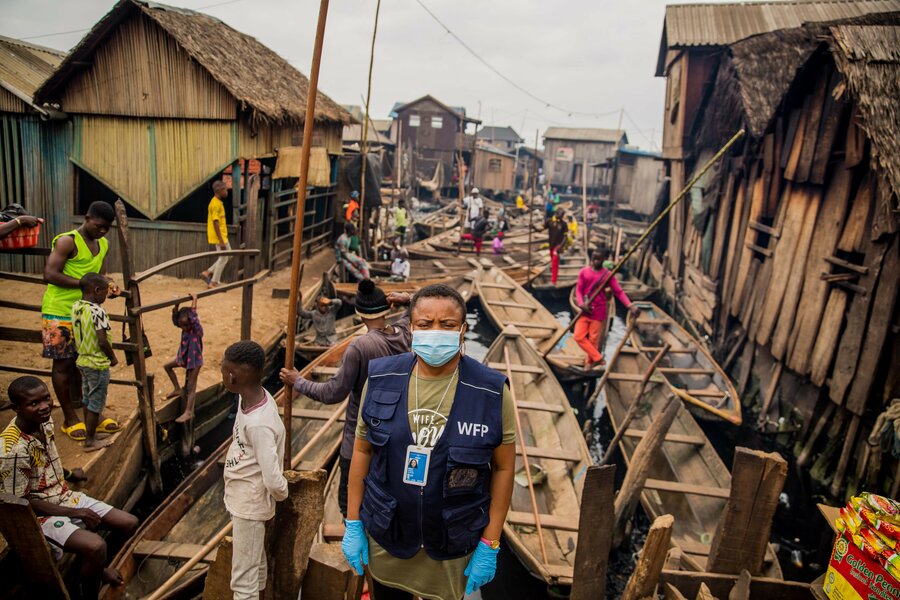
9.
More than three quarters of the food we buy comes from developing countries, saving time and money on transport costs and helping sustain and grow local economies.
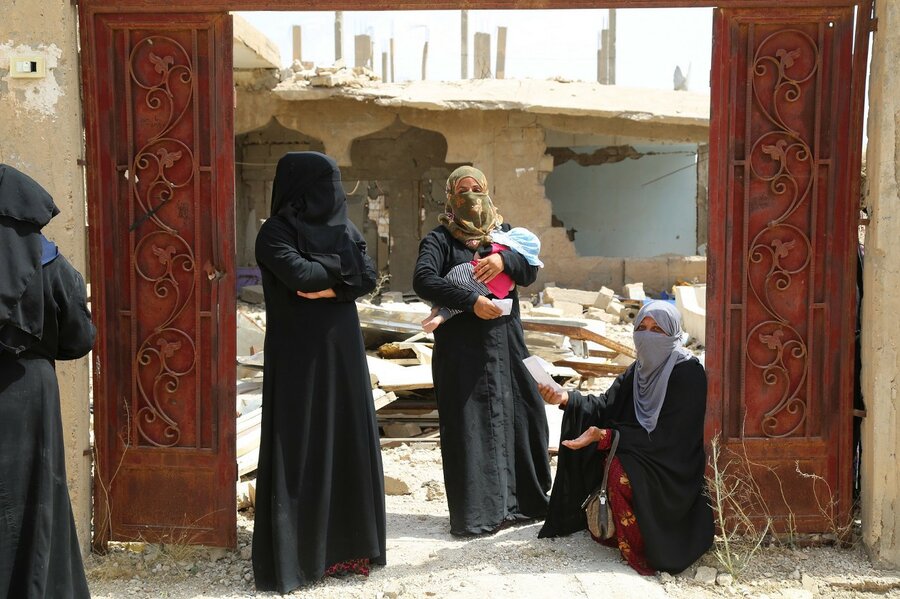
10.
WFP is the largest cash provider in the humanitarian community, increasing consumer choice and strengthening local markets. In 2021, WFP transferred US$2.3 billion in cash and vouchers to 42 million people across 69 countries.
11.
We provided seasonal weather forecasts and climate information services to 5.2 million people in 16 countries in 2021. Cash transfers ahead of a disaster allow people to move assets such as livestock, reinforce their homes and buy food and other emergency supplies so they are better prepared.
12.
WFP programmes for the treatment or prevention of malnutrition reached 23.5 million people in 2021, primarily children and pregnant and breastfeeding women and girls - a 36 percent increase on 2020. This included distributing over 1.47 million metric tons of fortified foods.






